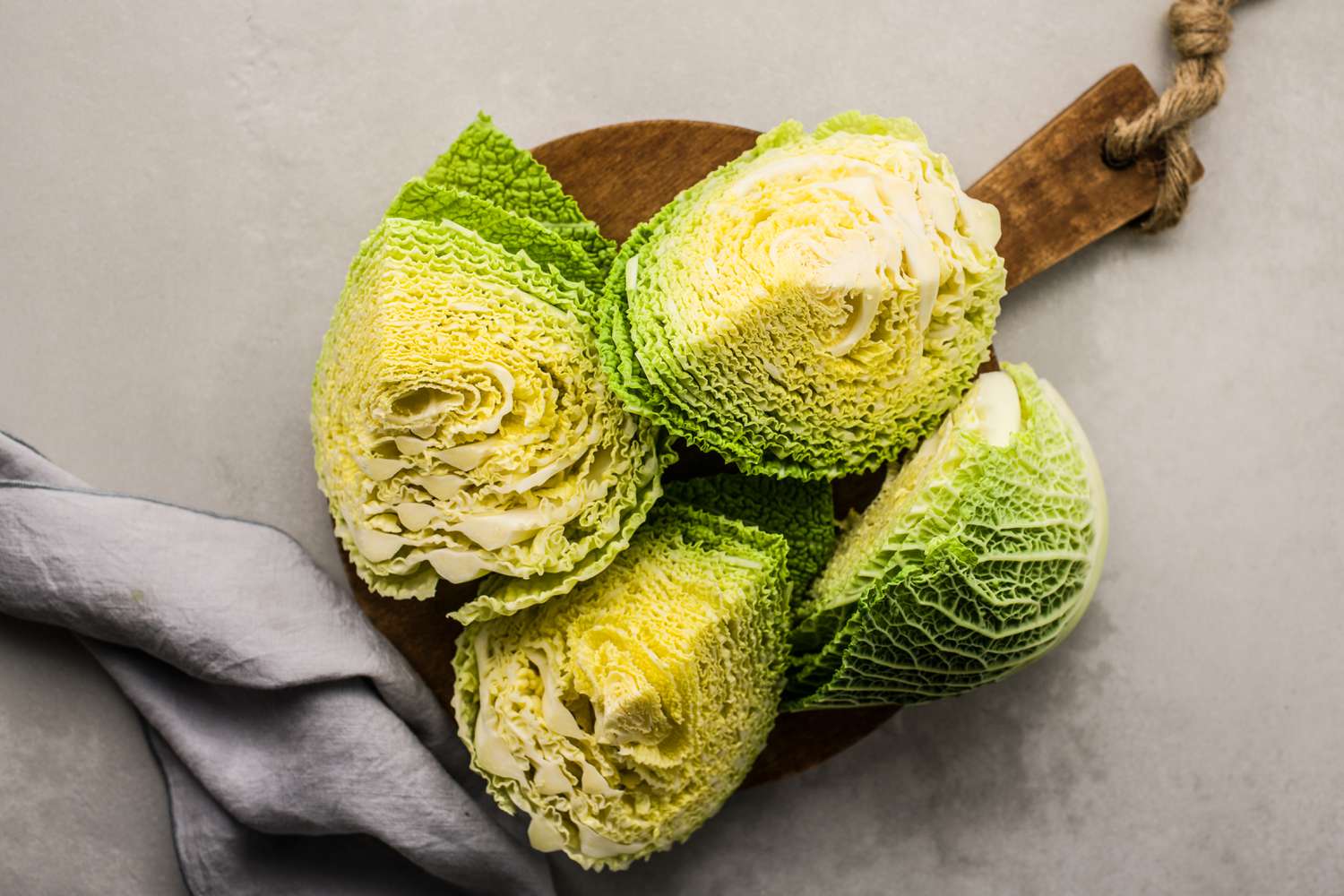

Articles
How To Store Cabbage After Cutting
Modified: February 22, 2024
Learn how to store cabbage after cutting in order to retain its freshness and taste for longer. Follow these simple tips and tricks to maximize the shelf life of your cabbage.
(Many of the links in this article redirect to a specific reviewed product. Your purchase of these products through affiliate links helps to generate commission for Storables.com, at no extra cost. Learn more)
Introduction
When it comes to cooking and meal preparation, cabbage is a versatile and nutritious vegetable that is commonly used in various dishes, including salads, stir-fries, and soups. However, once you’ve cut into a cabbage, you may find yourself wondering how to store the remaining portion to maintain its freshness and flavor.
Proper storage is crucial to prevent the cut cabbage from wilting, losing its texture, and becoming susceptible to spoilage. In this article, we will explore different methods of storing cabbage after it has been cut. Whether you plan to use the remaining cabbage within a few days or want to extend its shelf life for a longer period, we’ve got you covered.
Before we delve into the various storage options, it’s important to understand that cabbage is a perishable vegetable. It is susceptible to bacterial growth and can lose its nutritional value if not stored correctly. Therefore, it’s essential to follow safety precautions and proper storage guidelines to maintain its quality.
Key Takeaways:
- Proper storage of cut cabbage is essential to maintain its freshness and flavor. Refrigerating, freezing, pickling, or fermenting are effective methods to extend its shelf life and enhance its versatility in various dishes.
- Following safety precautions and proper storage guidelines is crucial for maintaining the quality of cut cabbage. Whether refrigerating, freezing, pickling, or fermenting, each method offers unique benefits to preserve the cabbage’s nutritional value and taste.
Read more: How To Store Cabbage In Fridge After Cutting
Safety Precautions
Before handling and storing cut cabbage, it’s important to take certain safety precautions to minimize the risk of foodborne illnesses and ensure the freshness of the vegetable.
1. Wash your hands: Before cutting or handling cabbage, make sure to wash your hands thoroughly with soap and warm water. This helps to remove any potential bacteria or contaminants from your hands that could transfer to the cabbage.
2. Use clean cutting tools: Ensure that your cutting board and knife are clean and sanitized before slicing into the cabbage. Dirty utensils can introduce harmful bacteria to the cabbage, compromising its safety and quality.
3. Trim off damaged or wilted leaves: Before cutting the cabbage, inspect it carefully. Any leaves that appear damaged, wilted, or discolored should be trimmed off and discarded. This helps to remove any potential sources of contamination and ensures that you’re working with a fresh and healthy cabbage.
4. Avoid cross-contamination: When storing cut cabbage, it’s important to keep it separate from other raw meats or vegetables. This prevents cross-contamination and reduces the risk of spreading harmful bacteria. Use separate containers or storage bags for cabbage to maintain its freshness and avoid flavor transfers.
5. Store at the appropriate temperature: Cabbage should be stored at a temperature between 32°F (0°C) and 40°F (4°C) to maintain its freshness and prolong its shelf life. Avoid storing it at room temperature, as this can promote bacterial growth and cause the cabbage to wilt quickly.
By following these safety precautions, you can ensure that your cut cabbage remains safe to consume and retains its quality for an extended period.
Storing Cabbage After Cutting
Once you’ve cut into a cabbage and have unused portions, it’s important to store them properly to maintain their freshness and flavor. Here are four common methods for storing cut cabbage:
- Refrigerating Cut Cabbage
- Freezing Cut Cabbage
- Pickling Cut Cabbage
- Fermenting Cut Cabbage
Let’s explore each method in detail:
- Refrigerating Cut Cabbage: This is the most common method of storing cut cabbage. To refrigerate your cut cabbage, place it in a resealable plastic bag or an airtight container. Make sure to press out any excess air to prevent moisture buildup that can lead to wilting. Store the sealed bag or container in the refrigerator’s crisper drawer, where it will stay fresh for up to five days.
- Freezing Cut Cabbage: If you have larger amounts of cut cabbage that you want to store for an extended period, freezing is a great option. Start by blanching the cabbage in boiling water for about two minutes, then immediately transfer it to an ice bath to stop the cooking process. Drain the cabbage thoroughly and place it in freezer-safe bags or containers. Label them with the date and store them in the freezer. Frozen cabbage can be stored for up to eight months.
- Pickling Cut Cabbage: Pickling is an excellent method for adding flavor to cut cabbage. Start by preparing a pickling brine with vinegar, water, salt, and any desired spices or herbs. Pack the cut cabbage into sterilized jars and pour the brine over it, ensuring that the cabbage is fully submerged. Seal the jars tightly and store them in the refrigerator. The pickled cabbage will last for several weeks.
- Fermenting Cut Cabbage: Fermentation is a traditional method of preserving cabbage and creating delicious fermented products like sauerkraut and kimchi. Start by adding salt to the cut cabbage and massaging it thoroughly to release its natural juices. Pack the cabbage tightly into a clean jar, ensuring that the cabbage is fully submerged in its own juices. Place a weight on top to keep the cabbage submerged and cover the jar loosely with a lid. Allow the cabbage to ferment at room temperature for several days or weeks, depending on your desired taste. Once fermented, store the jar in the refrigerator where it will continue to ferment slowly but remain edible for months.
Choose the storage method that best suits your needs and preferences. Consider the quantity of cabbage you have, the desired shelf life, and the taste or texture you want to achieve.
Remember to label your stored cabbage with the date to keep track of its freshness and use it within the recommended storage time for optimal taste and quality.
Option 1: Refrigerating Cut Cabbage
Refrigerating cut cabbage is the most straightforward and commonly used method to store it for a few days while maintaining its freshness. Here’s how you can refrigerate your cut cabbage:
- Place the cut cabbage in a resealable plastic bag or an airtight container. Alternatively, you can wrap the cabbage tightly in plastic wrap.
- Before sealing the bag or container, press out any excess air. This helps prevent moisture buildup and keeps the cabbage from wilting.
- Store the sealed bag or container in the refrigerator’s crisper drawer. The cool temperature, typically between 32°F (0°C) and 40°F (4°C), helps to slow down the deterioration process and keeps the cabbage fresh.
- Avoid storing the cut cabbage at room temperature, as it can lead to faster wilting and bacterial growth.
Refrigerated cut cabbage can stay fresh for up to five days, depending on its freshness at the time of cutting. It’s important to note that the longer the cut cabbage is stored, the more it will start to lose its crispness and texture.
When using refrigerated cut cabbage, inspect it before use. Discard any pieces that show signs of spoilage, such as wilting, discoloration, or foul odor. It’s always best to err on the side of caution and prioritize your health and safety.
Refrigerated cut cabbage is a great option for utilizing in fresh salads, stir-fries, slaws, or as toppings for sandwiches and burgers. Its versatility makes it a convenient go-to ingredient for many recipes.
Remember to label the bag or container with the date to keep track of its freshness. If you cannot consume the cut cabbage within the recommended timeframe, consider other storage options, such as freezing or pickling, to extend its shelf life.
Now that you know how to refrigerate cut cabbage, you can confidently store it and enjoy its freshness in your favorite dishes for days to come.
Option 2: Freezing Cut Cabbage
If you have a larger quantity of cut cabbage and want to store it for an extended period, freezing is a great option. Freezing helps to preserve the cabbage’s texture and nutritional value. Here’s how you can freeze cut cabbage:
- Start by blanching the cut cabbage. Blanching involves briefly boiling the cabbage to stop enzyme activity that can cause flavor and texture loss during freezing.
- Bring a pot of water to a rolling boil and add the cut cabbage. Blanch small pieces for about 1.5 minutes and larger pieces for about 3 minutes.
- Prepare an ice bath by filling a large bowl with water and ice cubes.
- Remove the blanched cabbage from the boiling water and immediately transfer it to the ice bath. This helps to cool it rapidly and halts the cooking process.
- Allow the cabbage to cool in the ice bath for the same amount of time it was blanched. This ensures that it is completely cooled and ready for freezing.
- Drain the cooled cabbage thoroughly to remove excess moisture and prevent ice crystallization during freezing.
- Divide the cabbage into portion sizes that you anticipate using for future meals. This step is helpful to avoid thawing and refreezing larger portions, which can affect the cabbage’s texture.
- Place the portions of cabbage in freezer-safe bags or airtight containers. Remove as much air as possible from the bags before sealing to minimize freezer burn.
- Label the bags or containers with the date and contents for easy identification in the freezer.
- Transfer the cabbage to the freezer and ensure it is stored in a consistent temperature of 0°F (-18°C) or below.
Frozen cut cabbage can be stored for up to eight months, but for the best quality, it’s recommended to use it within three to six months.
When you’re ready to use the frozen cabbage, simply remove the desired amount from the freezer and thaw it in the refrigerator overnight. Avoid thawing and refreezing the cabbage multiple times as it can impact its texture and taste.
Frozen cut cabbage works well in cooked dishes such as stir-fries, soups, stews, and casseroles. Keep in mind that freezing can slightly soften the texture of the cabbage, but it will still provide a pleasant crunch when cooked.
Now that you know how to freeze cut cabbage, you can enjoy its freshness and nutritional benefits even months after cutting it.
Store cut cabbage in a resealable plastic bag in the refrigerator. Squeeze out excess air before sealing to help keep it fresh. It should last for up to a week.
Read more: How To Store Red Cabbage After Cutting
Option 3: Pickling Cut Cabbage
If you’re looking to add a tangy and flavorful twist to your cut cabbage, pickling is an excellent option. Pickled cabbage, also known as sauerkraut, is a popular condiment and ingredient in many cuisines. Here’s how you can pickle your cut cabbage:
- Start by preparing a pickling brine. In a saucepan, combine equal parts vinegar and water, along with a tablespoon of salt. You can also add spices like mustard seeds, peppercorns, or dill seeds to enhance the flavor.
- Bring the brine to a boil, stirring occasionally to dissolve the salt and infuse the flavors of the spices.
- Meanwhile, pack the cut cabbage tightly into sterilized jars or containers. Make sure to leave about an inch of headspace at the top.
- Pour the hot pickling brine over the cabbage, ensuring that it is fully submerged. Use a spoon or a clean weight to press down the cabbage if needed.
- Seal the jars or containers tightly with their lids.
- Allow the pickled cabbage to cool to room temperature before transferring it to the refrigerator. This helps to enhance the flavors and allows the pickling process to work effectively.
- Let the pickled cabbage sit in the refrigerator for at least 24 hours, but the longer it sits, the more flavorful it becomes.
Pickled cut cabbage can be stored in the refrigerator for several weeks, and its flavor will continue to develop over time. The acidity from the vinegar helps to preserve the cabbage and give it a delightful tanginess.
Pickled cut cabbage is a versatile ingredient that can be used in sandwiches, wraps, salads, and even as a side dish. It adds a zesty crunch and depth of flavor to any meal.
When using pickled cabbage, remove the desired amount from the jar using clean utensils or a clean hand to prevent contamination. Make sure to seal the jar tightly after each use to maintain its freshness.
Experiment with different spices and herbs to customize the flavor of your pickled cabbage. You can add garlic, chili flakes, or even ginger for a unique twist.
Now that you know how to pickle cut cabbage, you can enjoy the tangy goodness of homemade sauerkraut whenever you desire.
Option 4: Fermenting Cut Cabbage
If you’re looking for a traditional method of preserving cut cabbage while creating a flavorful and probiotic-rich food, fermenting is the way to go. Fermentation transforms the cabbage into popular dishes like sauerkraut and kimchi. Here’s how you can ferment your cut cabbage:
- Start by cutting the cabbage into fine shreds or thin slices. Remove the tough outer leaves and any damaged parts.
- Place the chopped cabbage in a large bowl and sprinkle it with salt. Use approximately 1 to 2 tablespoons of salt per medium-sized cabbage, or adjust according to your taste preferences.
- Massage the salt into the cabbage with your hands, squeezing and bruising it to release its natural juices. This process helps create the brine necessary for fermentation and evenly distributes the salt.
- Pack the salted cabbage tightly into a clean and sterilized jar, pressing it down with your hands or a tool to eliminate air pockets. Ensure that the cabbage is submerged in its liquid brine.
- Place a weight on top of the cabbage to keep it submerged in the brine. This can be a clean stone, a smaller jar filled with water, or a purpose-made fermentation weight.
- Cover the jar loosely with a lid or use a fermentation airlock lid to allow gases produced during fermentation to escape while preventing contaminants from entering. If using a regular lid, remember to burp the jar daily to release excess gas.
- Store the jar at room temperature, away from direct sunlight. The fermentation process may take several days to weeks, depending on the desired taste and texture.
- Taste the fermented cabbage periodically to check its progress. Once it reaches your desired level of tanginess and texture, transfer it to the refrigerator to slow down the fermentation process.
Fermented cut cabbage can be stored in the refrigerator for several months, and the flavors will continue to develop over time. The fermentation process not only extends the cabbage’s shelf life but also enhances its nutritional value by promoting the growth of beneficial bacteria.
Fermented cut cabbage is a delicious and versatile ingredient. It can be enjoyed on its own as a side dish, added to sandwiches or wraps, or used in a variety of cooked dishes like stir-fries or soups.
Remember that during fermentation, the cabbage may release gases and brine, so place the jar on a tray or plate to catch any overflow. It’s also normal for microbial activity to create a layer of foam or scum on top of the brine. Simply skim it off if desired.
Now that you know how to ferment cut cabbage, you can explore the world of homemade sauerkraut and kimchi, and enjoy the probiotic benefits of these fermented delights.
Tips for Maintaining Freshness
To ensure the maximum freshness and quality of your stored cut cabbage, here are some helpful tips to keep in mind:
- Proper storage: Choose the appropriate storage method for your cut cabbage, whether it’s refrigerating, freezing, pickling, or fermenting. Follow the instructions outlined for each method to ensure optimal results.
- Keep it clean: Before cutting the cabbage, make sure to wash it thoroughly under running water to remove any dirt or debris. This helps to prevent contamination and maintain freshness.
- Trim damaged leaves: Inspect the cabbage before cutting and remove any damaged, wilted, or discolored leaves. Trimming off these leaves helps prevent spoilage and maintains the overall quality of the cabbage.
- Store in airtight containers: Whether refrigerating, freezing, pickling, or fermenting, always use airtight containers or sealable bags to store the cut cabbage. This helps to prevent moisture loss, exposure to air, and cross-contamination.
- Date labeling: Label the storage containers with the date of storage to keep track of the freshness of the cut cabbage. This allows you to prioritize the usage of older batches before moving on to newer ones.
- Rotate the stock: If you have multiple batches of cut cabbage stored, make sure to use the older batches first. This helps prevent any waste and ensures that you consume the cabbage at its peak freshness.
- Check for spoilage: Before using stored cut cabbage, inspect it for any signs of spoilage. Discard the cabbage if you notice mold, slime, foul odor, or significant wilting. It’s always better to be safe than sorry when it comes to food safety.
- Keep a consistent temperature: For refrigeration and fermentation, maintain a consistent temperature to prevent fluctuations that can impact the cabbage’s quality. For freezing, ensure a stable temperature of 0°F (-18°C) or below.
- Proper thawing: If you choose to freeze cut cabbage, thaw it in the refrigerator overnight rather than at room temperature. This gradual thawing process helps to retain the cabbage’s texture and taste.
- Use appropriate sizes: When portioning the cut cabbage for freezing or pickling, consider the serving sizes you typically need for your dishes. This way, you can thaw or use the desired amount without repeatedly exposing the remaining cabbage to temperature changes.
By following these tips, you can maintain the freshness, flavor, and quality of your cut cabbage for an extended period, enabling you to enjoy its nutritional benefits in various culinary creations.
Conclusion
Storing cut cabbage properly is essential to preserve its freshness, texture, and flavor. Whether you choose to refrigerate, freeze, pickle, or ferment the cabbage, each method offers its own benefits and unique taste profiles. By following the recommended storage guidelines and safety precautions, you can enjoy the versatility of cut cabbage in various dishes for an extended period.
Refrigerating cut cabbage is a convenient way to keep it fresh for several days. By sealing it in airtight containers or bags and storing it in the refrigerator’s crisper drawer, you can maintain its crispness and use it in salads, stir-fries, or as a topping for your favorite sandwiches.
If you have a larger quantity of cut cabbage, freezing it is an excellent option. Blanching the cabbage prior to freezing helps retain its texture, and dividing it into portion sizes ensures easy thawing when needed. Frozen cut cabbage works well in cooked dishes like soups, stews, and stir-fries.
For those looking to add tanginess and flavor to cut cabbage, pickling is a fantastic choice. By preparing a pickling brine and storing the cabbage in sterilized jars, you can create delicious sauerkraut or kimchi that can be enjoyed in various meals, from sandwiches to main dishes.
Fermentation brings a unique twist to cut cabbage, transforming it into sauerkraut or kimchi. By massaging the cabbage with salt and allowing it to ferment at room temperature, you will unlock the health benefits of probiotics while enjoying the tangy and flavorful outcome.
Remember to follow proper food safety practices, including washing hands, using clean cutting tools, and avoiding cross-contamination when handling and storing cut cabbage. Additionally, maintain the recommended storage temperatures and check for any signs of spoilage before consuming the cabbage.
By taking the time to store your cut cabbage correctly, you can extend its shelf life, minimize waste, and savor the freshness and nutritional benefits of this versatile vegetable. So, the next time you find yourself with leftover cut cabbage, choose the storage method that suits your needs, and enjoy its vibrant taste and texture in your favorite recipes.
Frequently Asked Questions about How To Store Cabbage After Cutting
Was this page helpful?
At Storables.com, we guarantee accurate and reliable information. Our content, validated by Expert Board Contributors, is crafted following stringent Editorial Policies. We're committed to providing you with well-researched, expert-backed insights for all your informational needs.
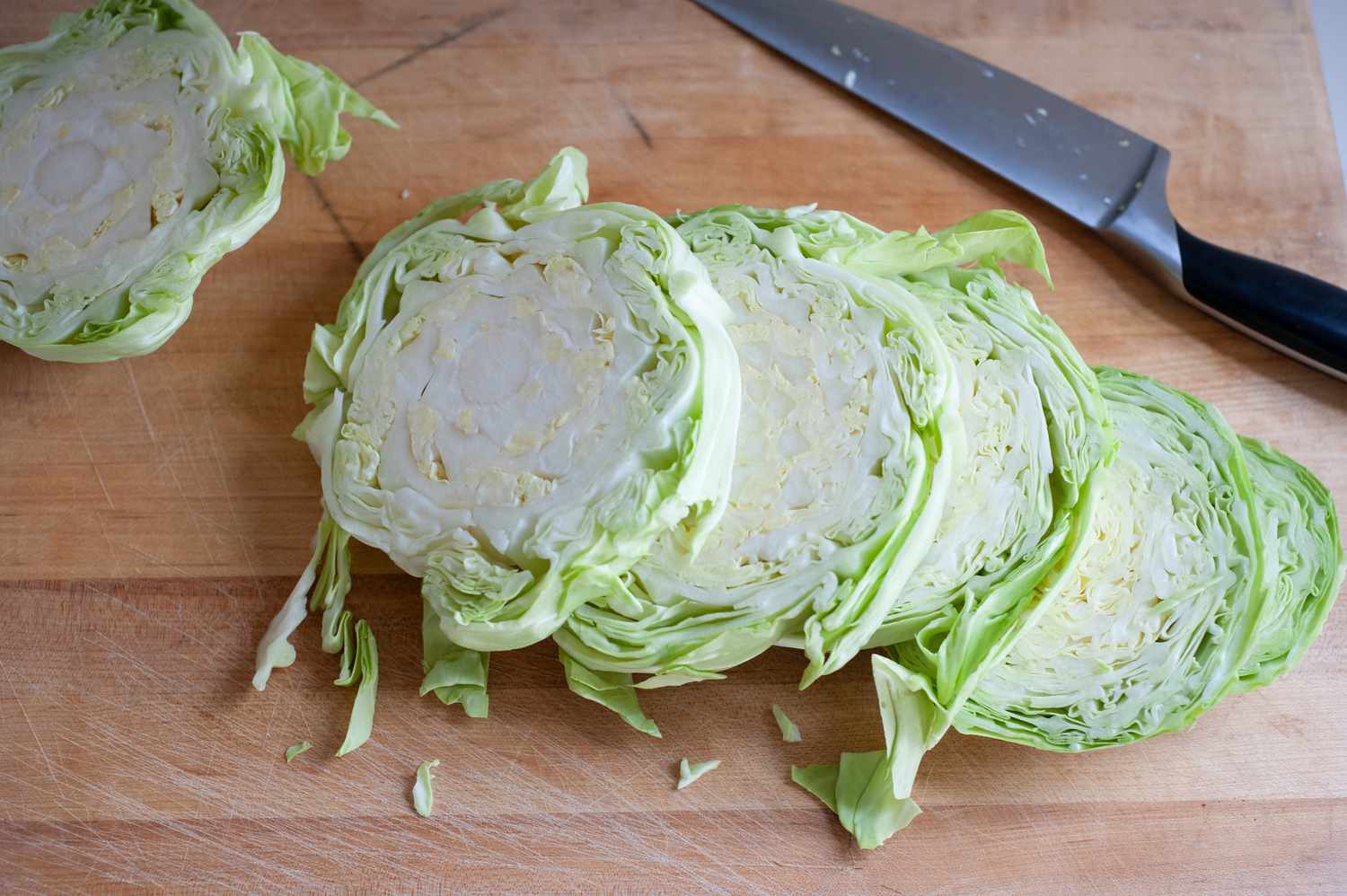
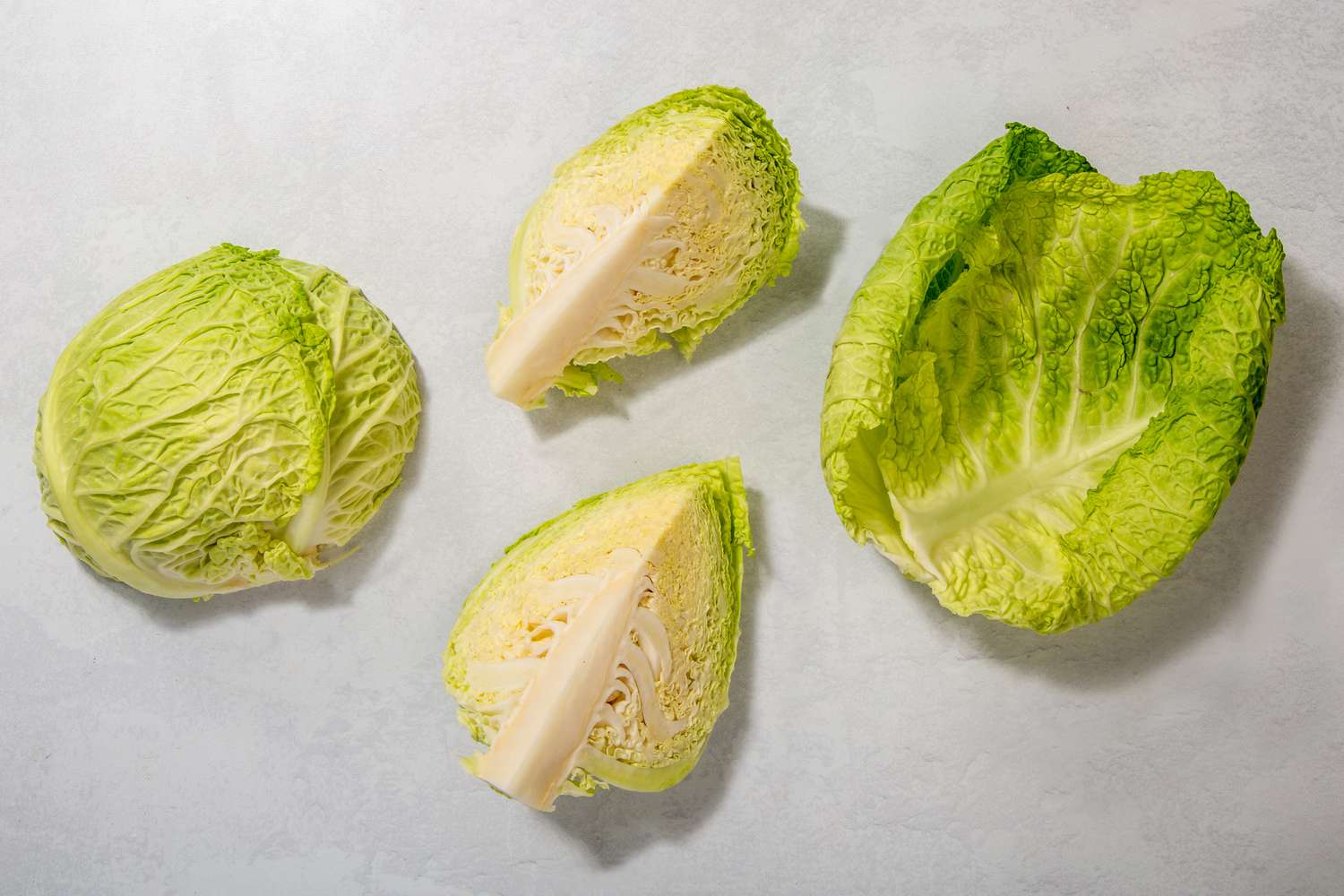
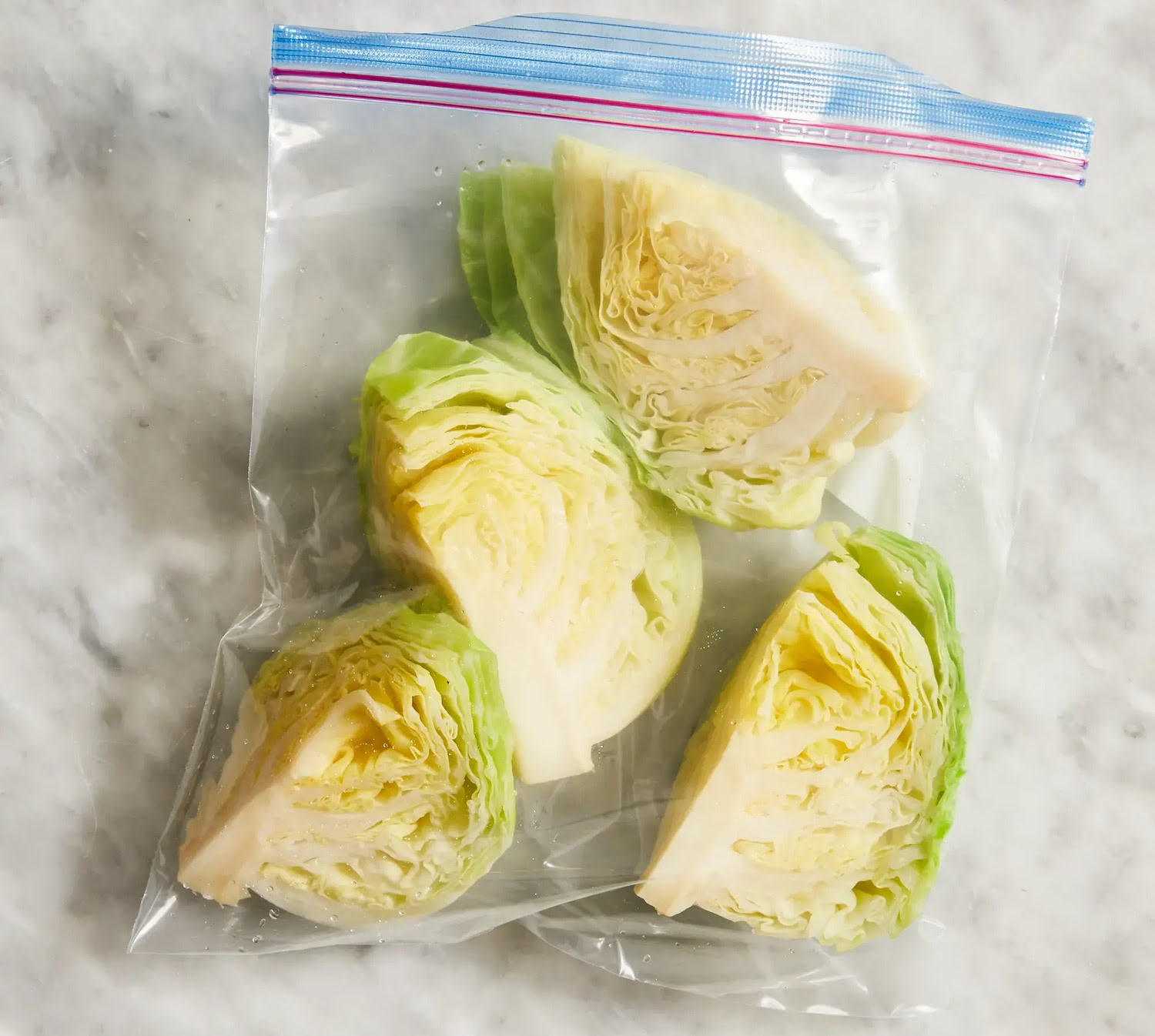
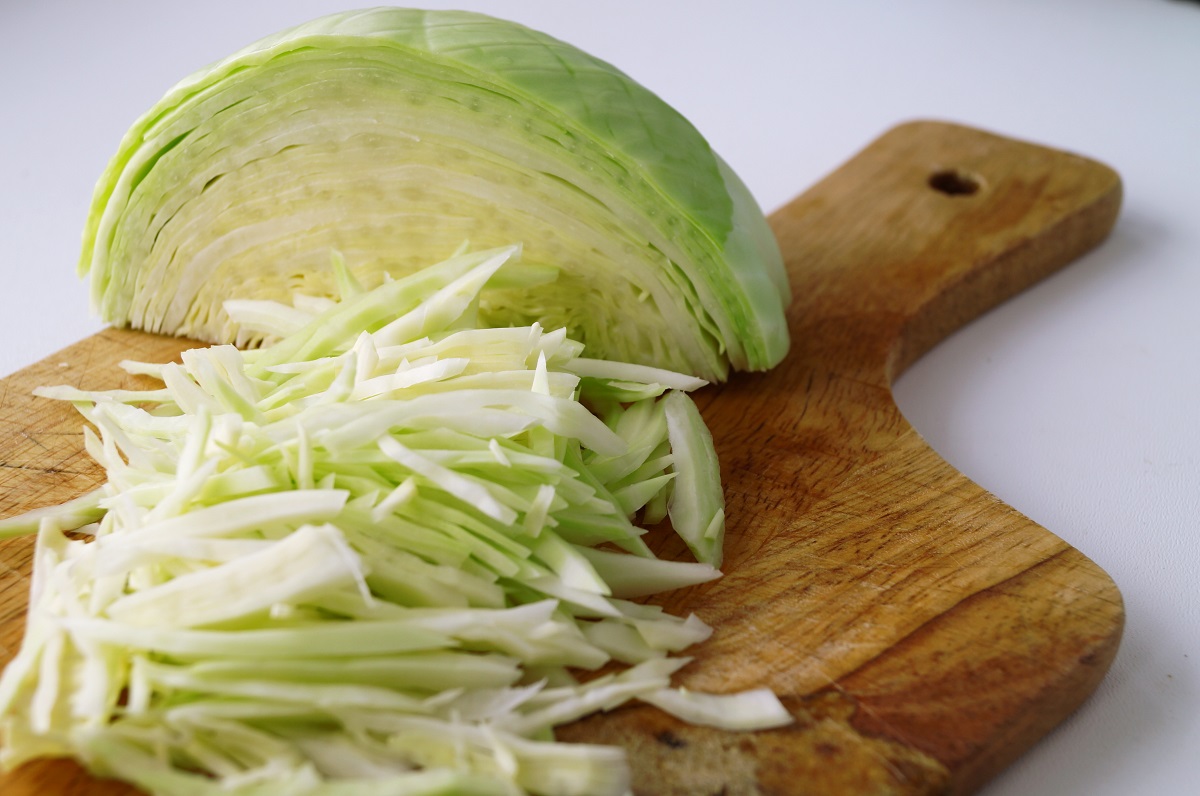
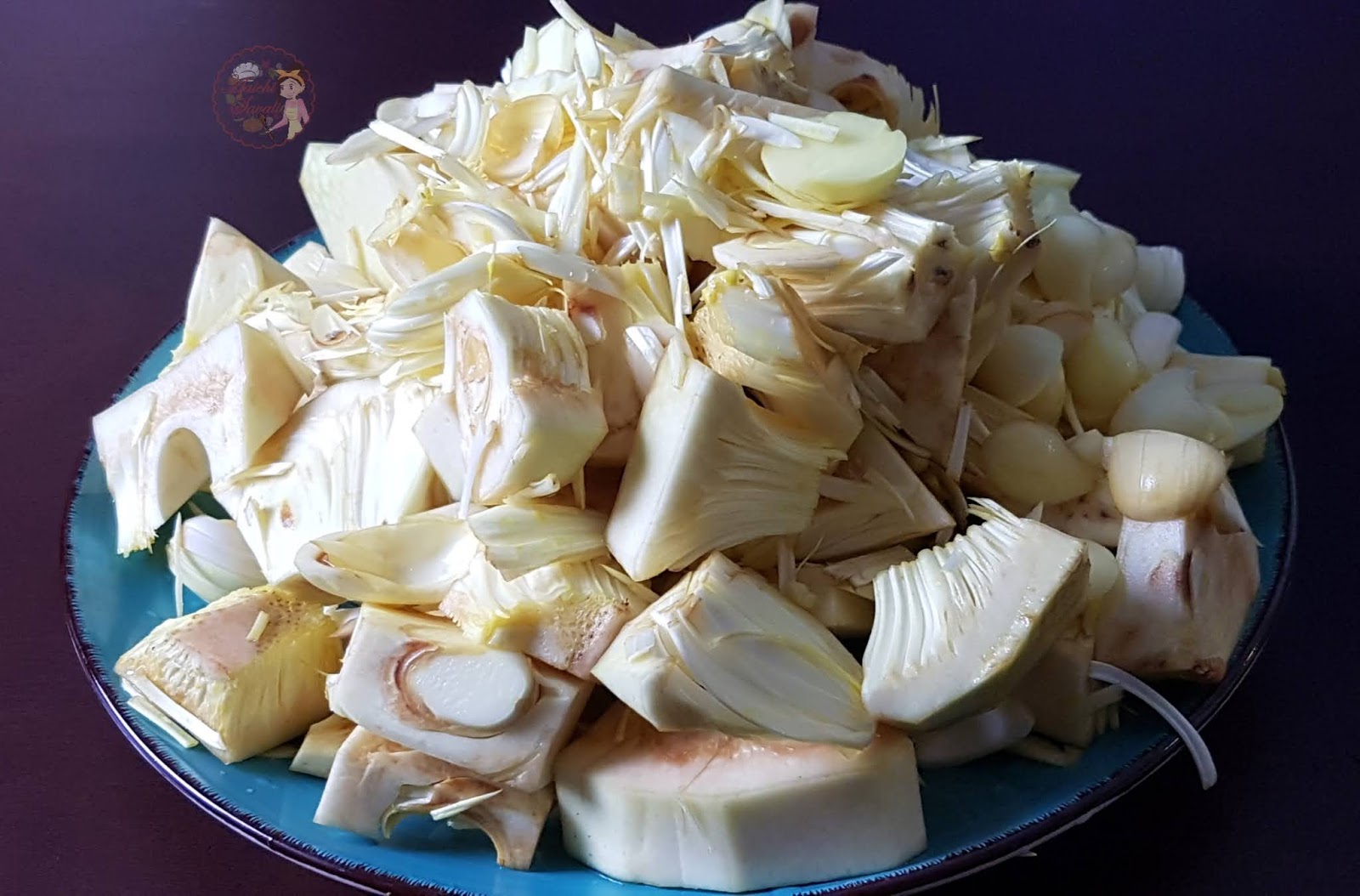

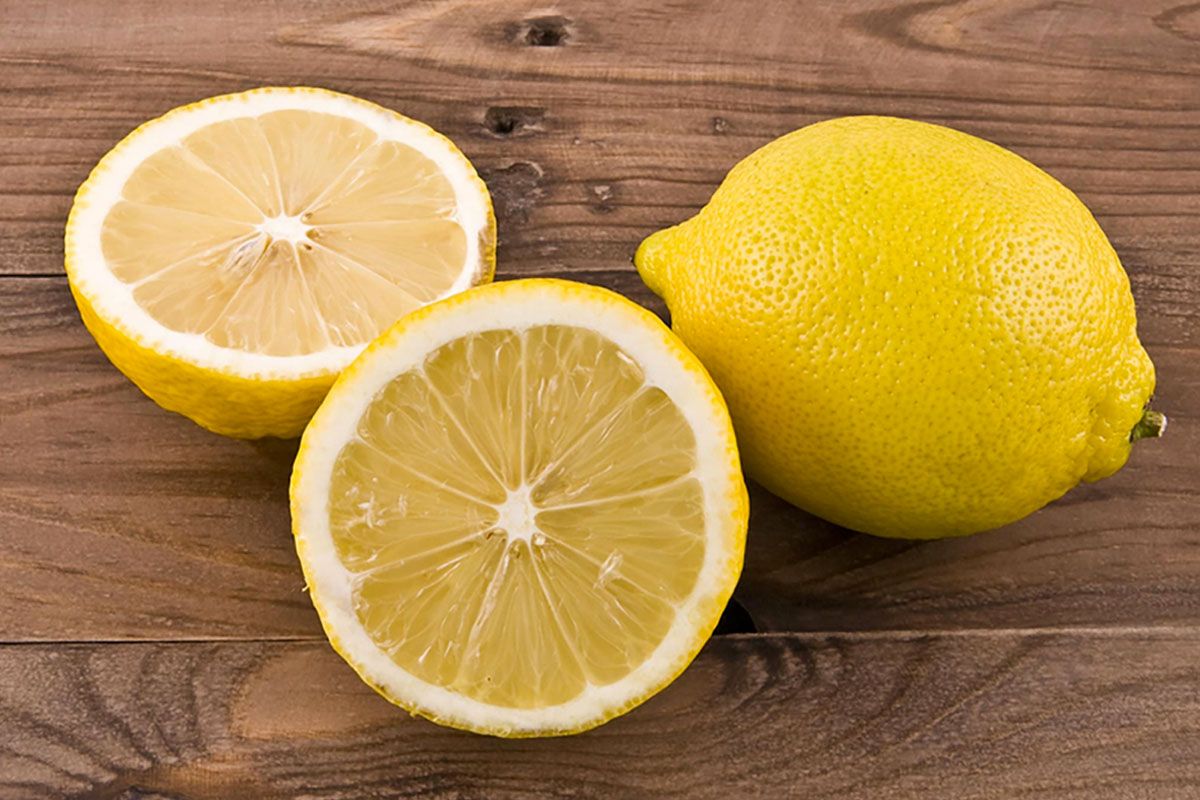
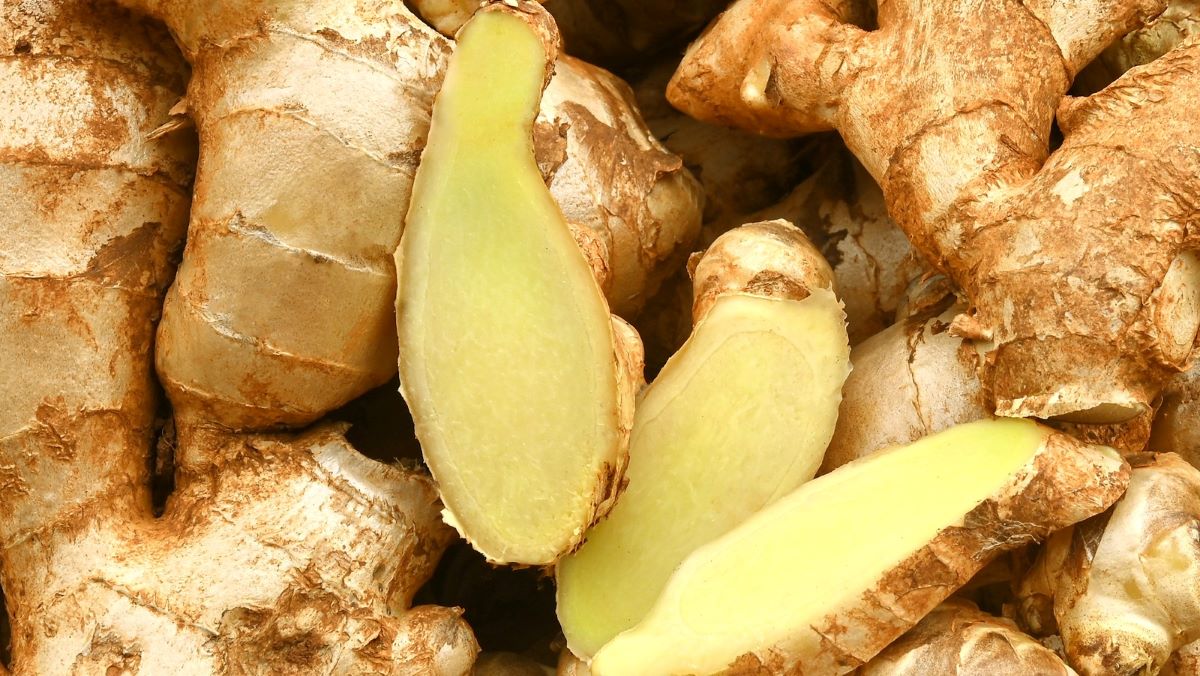
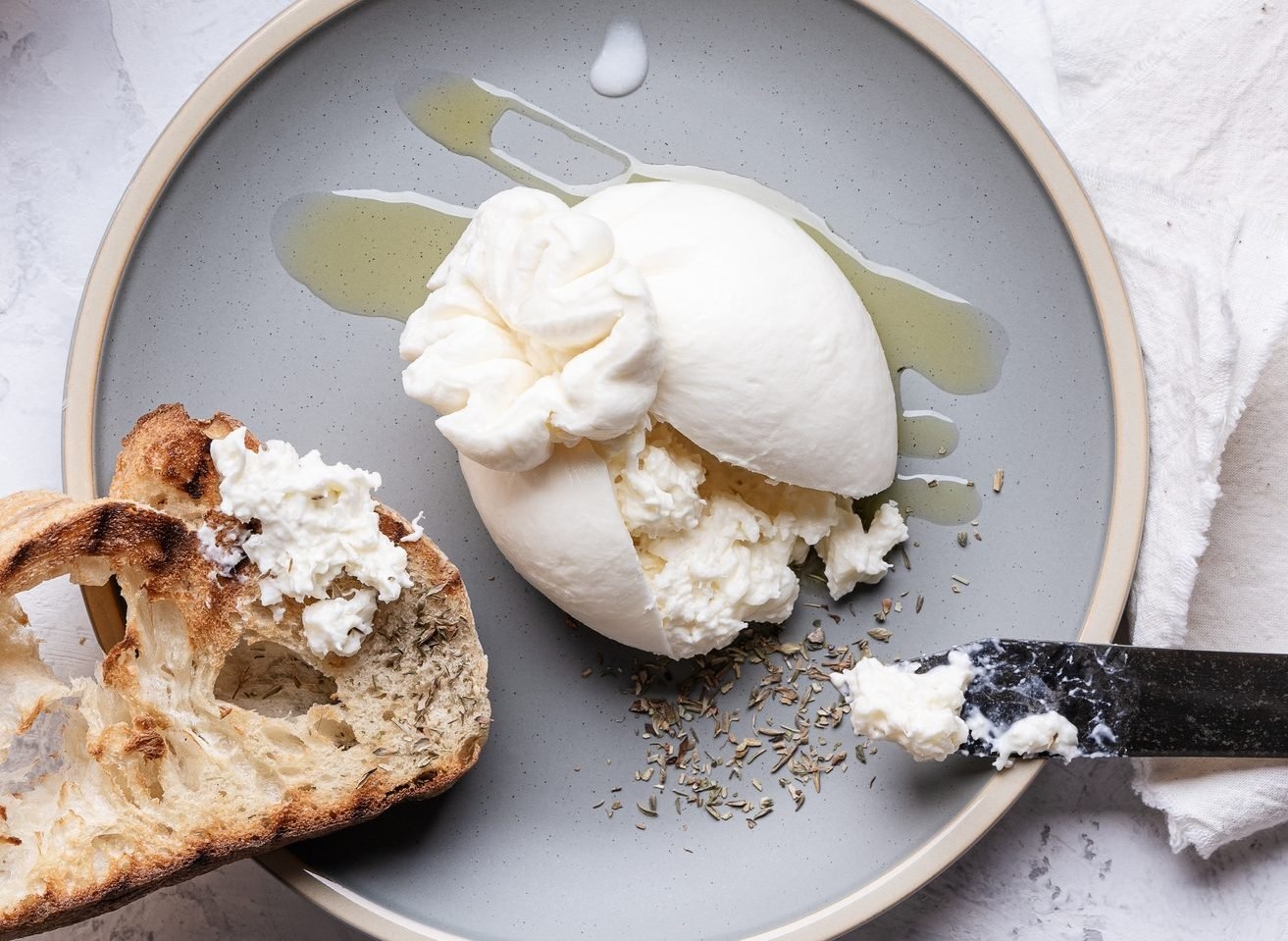
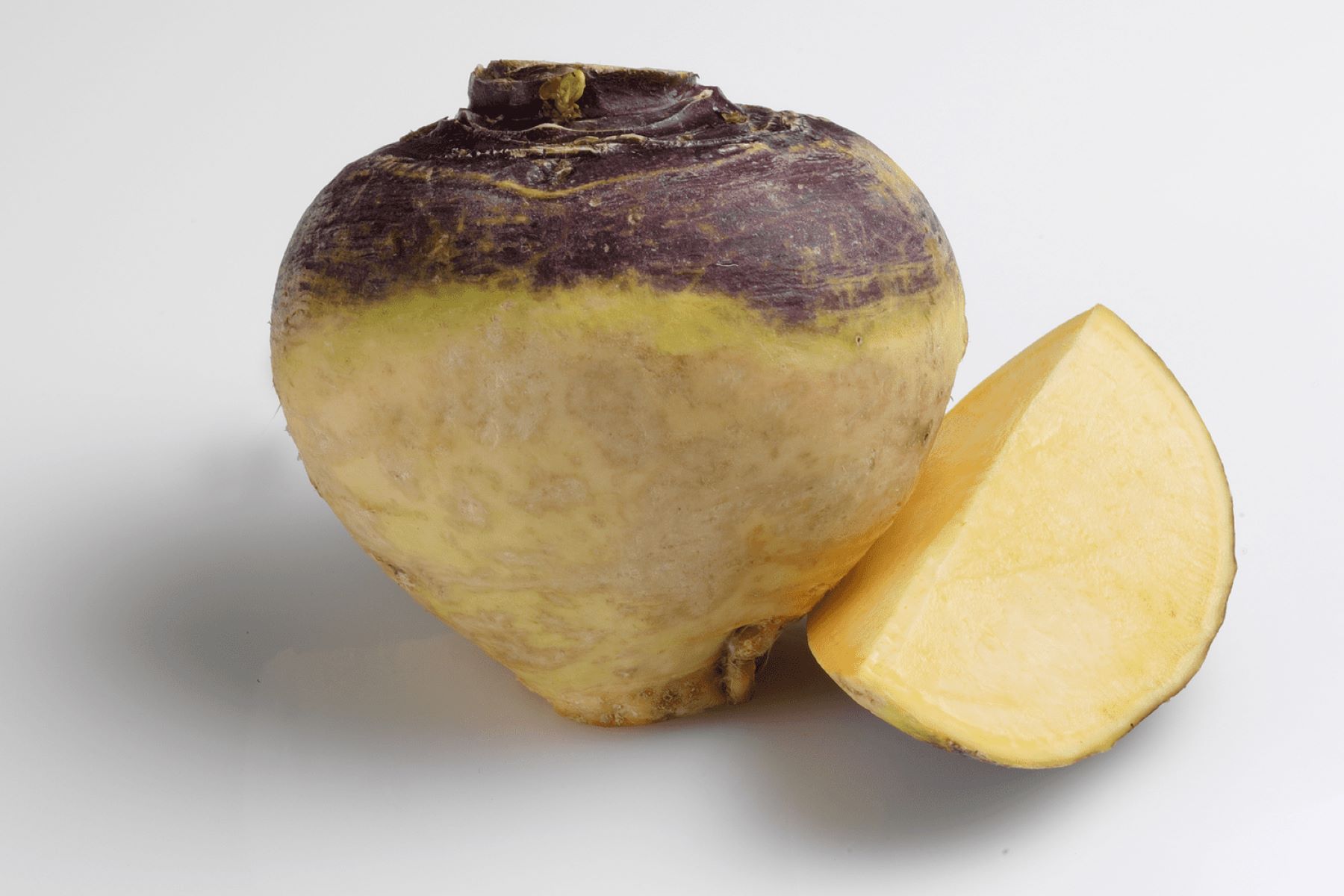
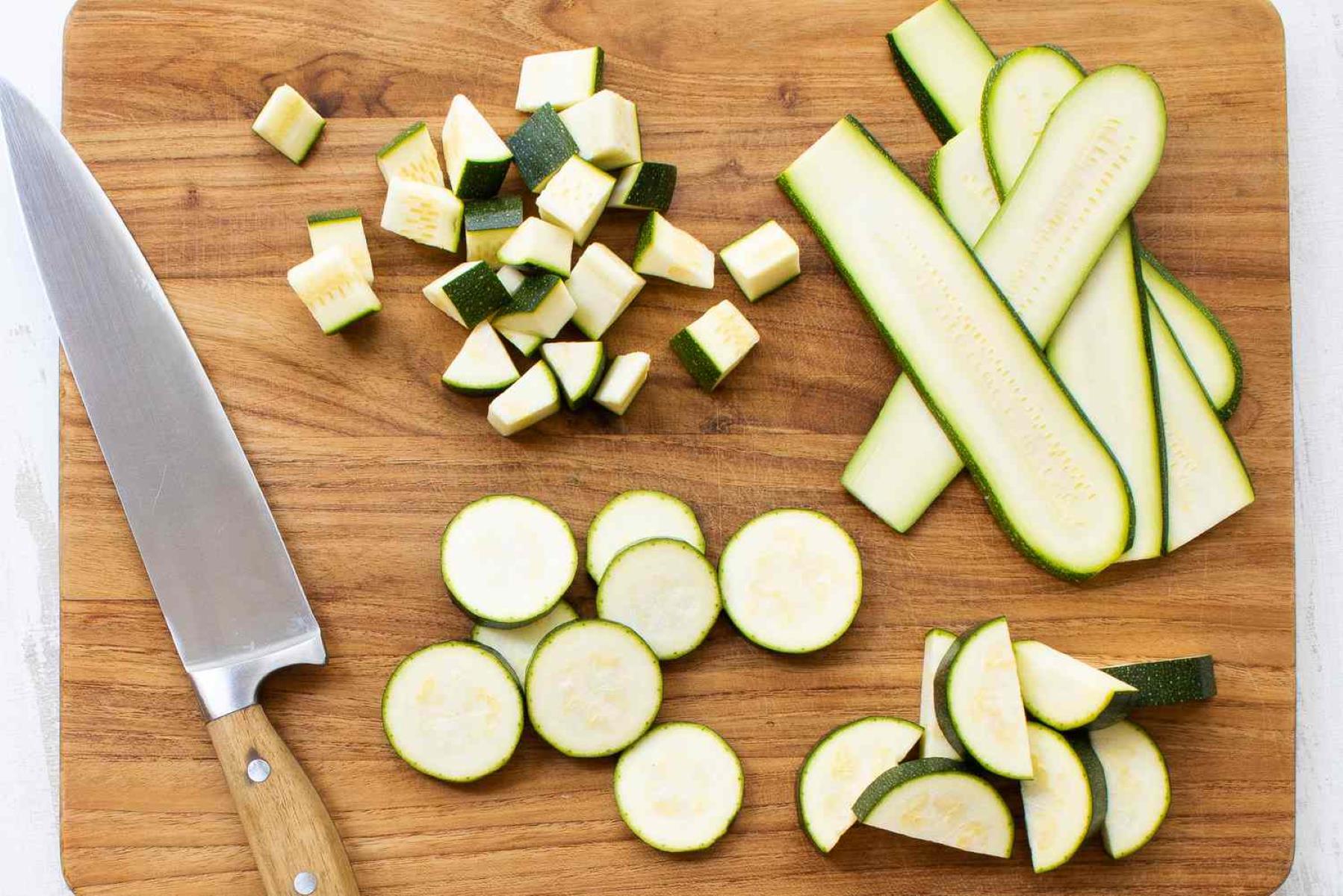
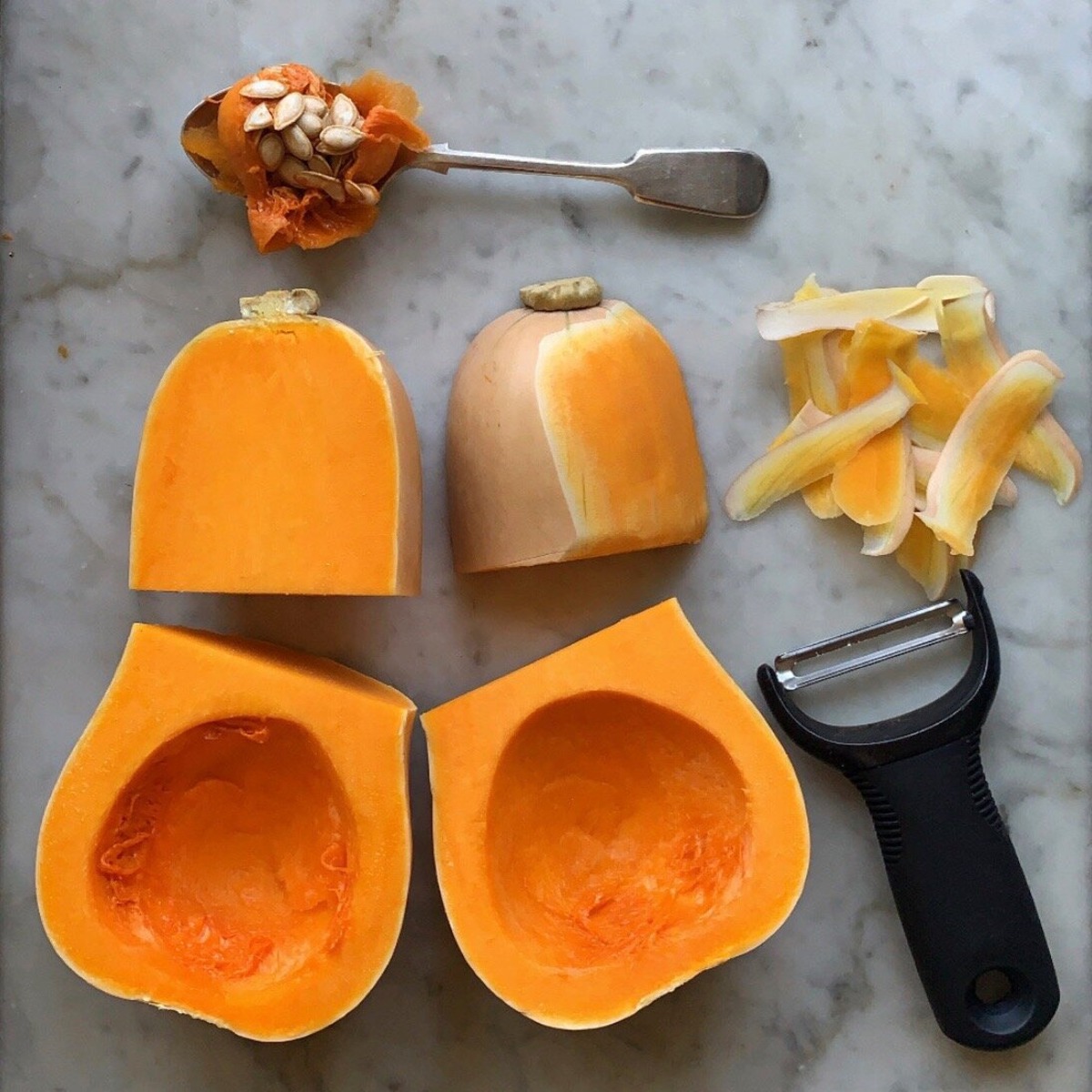
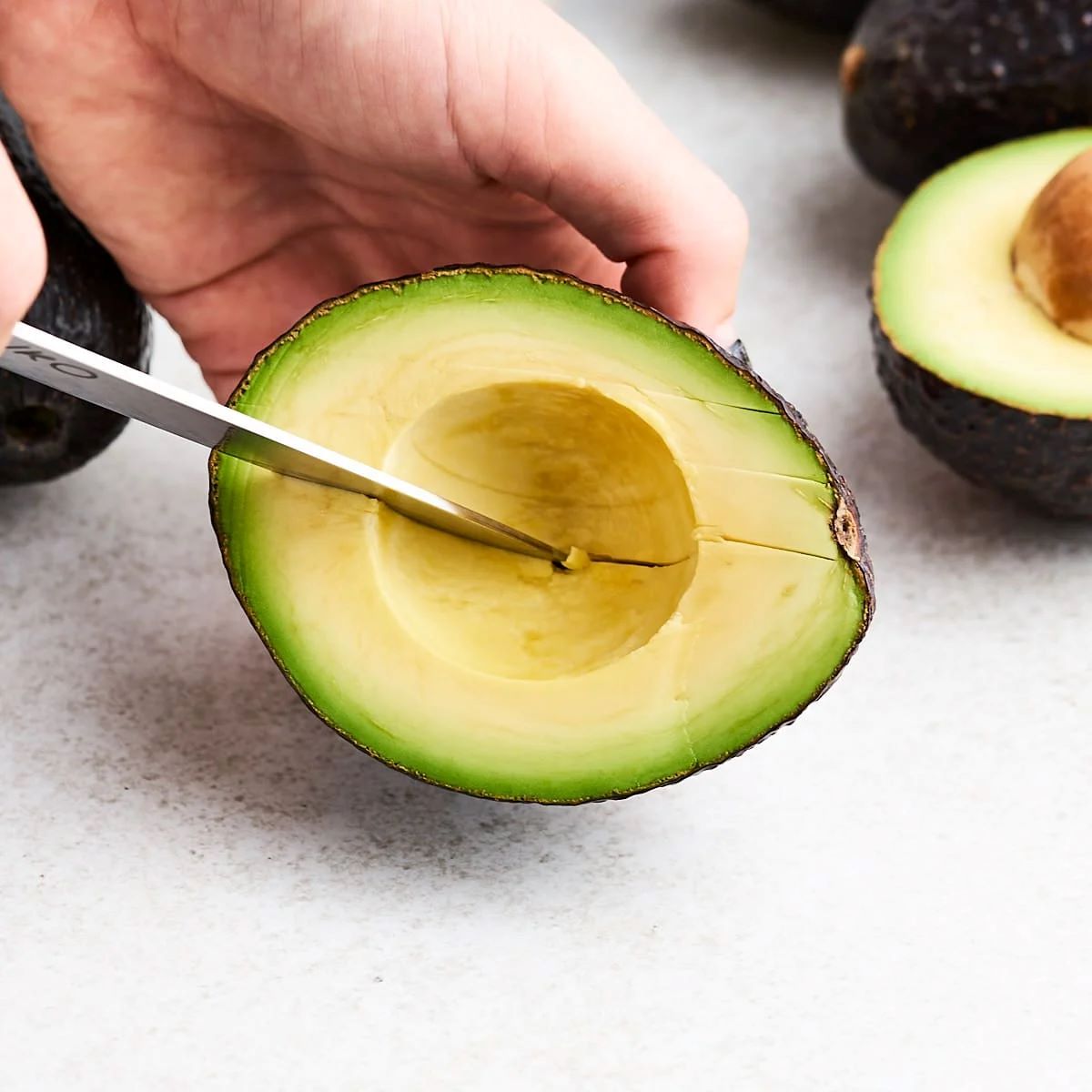


0 thoughts on “How To Store Cabbage After Cutting”